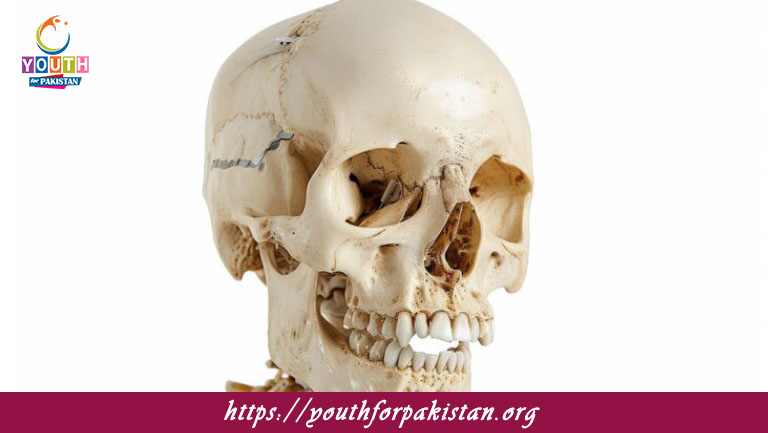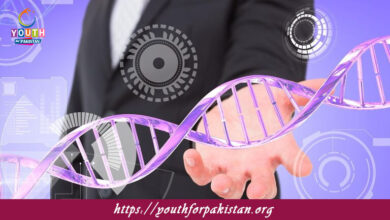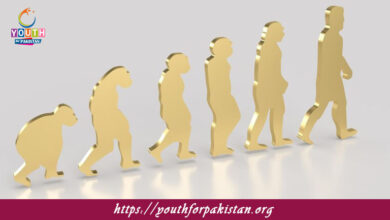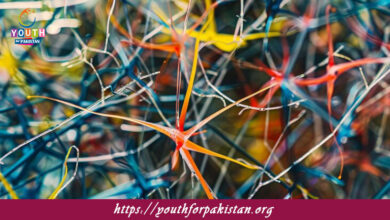Mechanism Of Skeletal Muscle Contraction MDCAT Quiz

Mechanism Of Skeletal Muscle Contraction MDCAT Quiz; Skeletal muscle contraction is a complex physiological process involving the interaction between muscle fibers, neural signals, and various biochemical reactions. The intricate details of how skeletal muscles contract to produce movement are a must for MDCAT students. The MDCAT Quiz on the mechanism of skeletal muscle contraction will test your knowledge of the events that lead to muscle shortening and force generation.
Neuromuscular Stimulation and the Role of Calcium
The skeletal muscle contraction starts when an electrical signal, or action potential, is transmitted from the central nervous system to the muscle fibers via motor neurons. The action potential travels down the motor neuron, reaching the neuromuscular junction, where the neurotransmitter acetylcholine (ACh) is released. ACh binds to receptors on the muscle cell membrane (sarcolemma), generating an action potential that travels along the muscle fiber and into the T-tubules. This electrical signal causes the release of calcium ions (Ca²⁺) from the sarcoplasmic reticulum into the cytoplasm of the muscle cell. The MDCAT Quiz will test your understanding of the role of acetylcholine and calcium in initiating skeletal muscle contraction.
Sliding Filament Theory of Contraction
The sliding filament theory explains the core of muscle contraction—that muscle contraction occurs when the thick filaments, myosin, slide past the thin filaments, actin, within the sarcomere. Upon the release of calcium ions, they bind to the protein troponin on the actin filament, resulting in a conformational change that uncovers binding sites for myosin. The myosin heads, which are energized by ATP, bind to the exposed sites on actin, forming cross-bridges. The myosin heads then pivot, pulling the actin filaments toward the center of the sarcomere, thus shortening the muscle. This process repeats, allowing the muscle to contract fully. The MDCAT Quiz will test your understanding of the sliding filament theory and how myosin and actin interact with each other to produce muscle force.
Relaxation of Skeletal Muscle
The muscle will relax when the action potential ceases, calcium ions are pumped back into the sarcoplasmic reticulum, and the sites on actin are covered by the protein tropomyosin. This prevents myosin from interacting with actin; hence, muscle relaxation occurs. ATP is needed for both contraction and relaxation of muscles, since energy in ATP is used for detaching myosin heads from actin, then pumping calcium ions back to their store. A Free Flashcard on muscle contraction and relaxation will show you important steps in this process so that you can be sure you understand the physiological basis for muscle movement.
Quiz on Mechanism of Skeletal Muscle Contraction
An MDCAT Quiz on the mechanism of skeletal muscle contraction helps to assess your knowledge on how neural stimulation, calcium release, and the sliding filament theory contribute to muscle contraction. In the quiz, you will find questions related to the role of acetylcholine, the events at the neuromuscular junction, the role of calcium ions, and the mechanism of actin and myosin interaction. Likewise, Free Flashcards will help you memorize all the details regarding muscle contraction, so you can adequately prepare for your MDCAT exam.

After forming the cross-bridge, the myosin head undergoes a ________, pulling the actin filament toward the center of the sarcomere.

The ATP is hydrolyzed into ADP and inorganic phosphate (Pi), which allows the myosin head to return to its ________ position.

The myosin head then binds to a new ________ on the actin filament, repeating the contraction cycle.

The repeated cross-bridge formation, power stroke, and detachment result in the ________ of the muscle fiber.

The removal of calcium from troponin causes ________ to return to its original position, blocking the myosin binding sites.

The amount of tension produced by a muscle depends on the number of ________ formed between actin and myosin.

The shortening of the sarcomere during muscle contraction results in the ________ of the muscle fiber.

The ________ lines the internal part of the T-tubules and releases calcium ions in response to the action potential.
Experience the real exam environment with our expertly designed collection of over 25,000 MCQs MDCAT Mock Tests.





